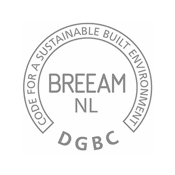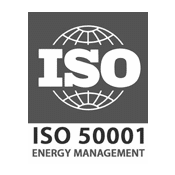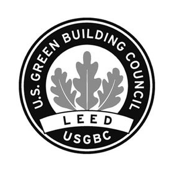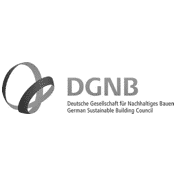With more than 90 success stories, we helped define the concept of zero-energy building and how to inform the public, evaluating the most appropriate certification in each specific case.

THE VISION FRAMEWORK
The European Commission—and to a greater or lesser extent other agencies and countries around the world—has required the construction of net zero-energy buildings (nZEBs) from 2019 onward. In addition to just political and strategic will, this entails a change in the paradigm of the building sector, which needs to incorporate the energy vector in all areas with the help of adapted knowledge. Beyond the fact that obligatory compliance must be demonstrated through legally mandated accreditation, the various private environmental certifications (LEED, BREEAM, Passivhaus, etc.) allow for public representation of these benefits, thereby giving added value to the market cost of these buildings.
WHAT WE OFFER
With our experience in the design of net zero-energy buildings (beginning in 2007) and public accreditation (acting as external advisors for the first and second version of the technical building code in Spain) and private certifications (helping to define them), we offer a comprehensive and holistic view from the initial phases onward in order to ensure the objectives in optimal conditions.
Working at the consulting and/or engineering level as needed, we establish clear guidelines for coherent design as a whole but oriented to each of the design teams and the property ownership. We assess everything from HVAC consumption to lighting analyses, maintenance and operating costs and equipment consumption. From there, we share the full journey with the remaining teams, from the concept design to the master plan and subsequent follow-up.
We calculate the various target scenarios in order to determine which solutions are most energetically or financially feasible in terms of life-cycle cost, looking at investment, maintenance, operations and residual costs. Using tools to simulate the specific case at hand, we assess and justify the results in order to secure an A rating in the regulatory certification and evaluate the private environmental accreditation options available to achieve the requisite degree of certification.
We handle all administrative formalities with third parties, including the legally mandated formalities and others with the international bodies responsible for validating private accreditations.
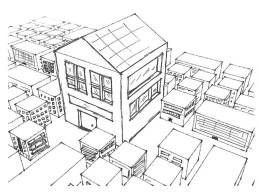
HOW WE DO IT
Since we first began using simulation tools (as users but also as trainers of third parties) when the company was founded, we have progressively implemented new tools customized by uses and new techniques, such as cloud calculations and big data analysis.
Our technical knowledge of tools and methodologies, along with our experience and knowledge of technology, has enabled us to perform optimal cost analyses, the benchmark methodology of the EC, providing simultaneous assessments of multiple scenarios for the building as a whole and detecting the optimum levels for energy and costs.
Our expertise in methodology and technology allows us to validate the results obtained during public and private certification processes, which often require detailed adaptation of approaches to conform to the limitations of benchmark tools and methodologies. This allows us to translate the actual optimal scenarios into the best ratings in certifications.
In addition to clear indications and information for the remaining parts of the process, we also manage the required public filings or communications with the third parties officially in charge of supervising private certifications.
Featured Projects
The GESA building transformation: from heritage landmark to positive-energy icon in Palma
Within the framework of the ARV innovation project—which promotes the creation of circular communities and the accelerated renovation of buildings across Europe—AIGUASOL and IREC, in collaboration with the City Council of Palma, undertook the challenge of rehabilitating the GESA building. The goal was to adapt it to future needs and transform it into a positive building, producing more energy than it consumes.
> NZEB Buildings and Environmental Certification,> Indoor Environmental Quality (IEQ),> Energy in Buildings
Infinito Delicias, a benchmark in sustainability
Aiguasol, in collaboration with SOCOTEC Spain, conducted a bioclimatic assessment of the "Infinito Delicias" building. The study addressed thermal demand reduction, minimized the operational energy’s environmental impact, improved thermal comfort, and reduced embodied carbon through a Life Cycle Assessment (LCA).
> NZEB Buildings and Environmental Certification,> Energy Rehabilitation,> Energy in Buildings
La Casa del Sucre: a commitment to sustainability and historic restoration
At Aiguasol we have collaborated on the rehabilitation project of La Casa del Sucre, commissioned by Coll-Leclerc Arquitectura and Son Estudi. This historic building, part of the local heritage, has been the perfect setting to demonstrate that bioclimatic architecture can merge with history, creating spaces that respect the past while looking decisively toward the future.
> NZEB Buildings and Environmental Certification,> Energy Rehabilitation,> Energy in Buildings

